East Norwalk Blue’s Pumpout Program just recently passed the 2,000 mark for pumpout completions of vessel waste tanks in the Western Long Island Sound. We’ve had a very successful year working to keep the Sound free of marine-based sewage streams. Our boats are being well maintained and the operators are taking care of boater’s requests in a prompt fashion, decreasing the risks that marine-based sewage could cause to the marine environment. Help us keep the Sound clean by making a tax-deductible donation today!
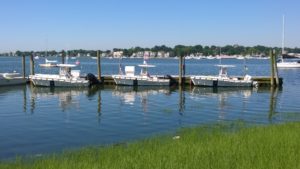
ENB Pumpout Commences Operations for 2018 Boating Season
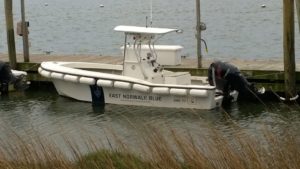 ENB Pumpout is gearing up to cover the north shore of the Western Long Island Sound for the 2018 boating season. You can now enter a pumpout request for your boat here on our website. Donations can also be made here, all donations are tax exempt and go towards supporting our financial match on grants which support our pumpout program. Without your support, we would not be able to operate this mobile pumpout service free of charge to boaters. Whether your a boater, a swimmer, or a fisherman, clean water in the Sound is a benefit to all!
ENB Pumpout is gearing up to cover the north shore of the Western Long Island Sound for the 2018 boating season. You can now enter a pumpout request for your boat here on our website. Donations can also be made here, all donations are tax exempt and go towards supporting our financial match on grants which support our pumpout program. Without your support, we would not be able to operate this mobile pumpout service free of charge to boaters. Whether your a boater, a swimmer, or a fisherman, clean water in the Sound is a benefit to all!
ENB Pumpout Will Continue Operating a Boat Year-Round
We will continue operating our free mobile pumpout service year-round, so if you still need a pumpout do not hesitate to enter your request at through our online request system at this website. During this time of year we have to pick and choose the days that we can go out, so please be patient if the weather is not cooperating.
With over 2,000 vessel pumpout completions and approximately 35,000 gallons of sewage off-loaded, ENB Pumpout has had a great 2017 season, our first in operation. The upcoming off-season will give us a chance to do any repairs on our boats and pumps so that they are functioning properly for 2018. ENB has already secured our Clean Vessel Grant funding for next year in Connecticut and New York, but as always we appreciate donations to help us cover our portion of operating costs. If you know of boaters that could use our service please refer our website to them, as there are many boats in the water during the season that we do not get pumpout request from. Thank you for helping us keep the Western Sound free of marine-based pollution.
ENB Helps to Clean up Marine Debris on Norwalk Islands
What a day for a clean up! On Saturday, Oct. 21st, ENB teamed up with BUD/S & Beyond and Norm Bloom & Son Oyster Company to clean up marine debris along the coastal sections of several Norwalk Islands. We combed over the beaches of Shea, Grassy and Copps Island, picking up debris that has washed ashore over the years and creates an eyesore on these otherwise beautiful coastal islands. The debris was put onto boats and hauled over to our dockside headquarters in East Norwalk. From there it was loaded into dumpsters and hauled off to the transfer station. Just over 18 cubic yards of marine debris was ultimately hauled off those 3 islands that day. Thanks to the help from the elite armed services candidates at BUD/S & Beyond, along with Norm Bloom & Son equipment and personnel, we were able to beautify these pristine environments in need of a cleanup. We will continue these coastal island cleanup annually in order to maintain the health and vitality of th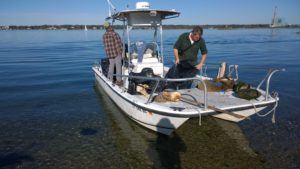 ese natural coastal habitats.
ese natural coastal habitats.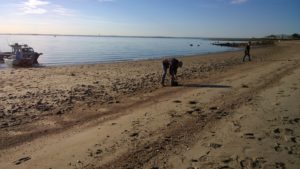
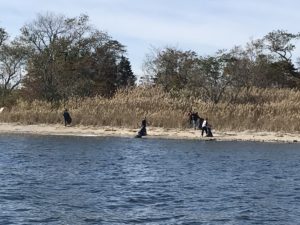
- « Previous Page
- 1
- …
- 9
- 10
- 11
- 12
- 13
- …
- 15
- Next Page »